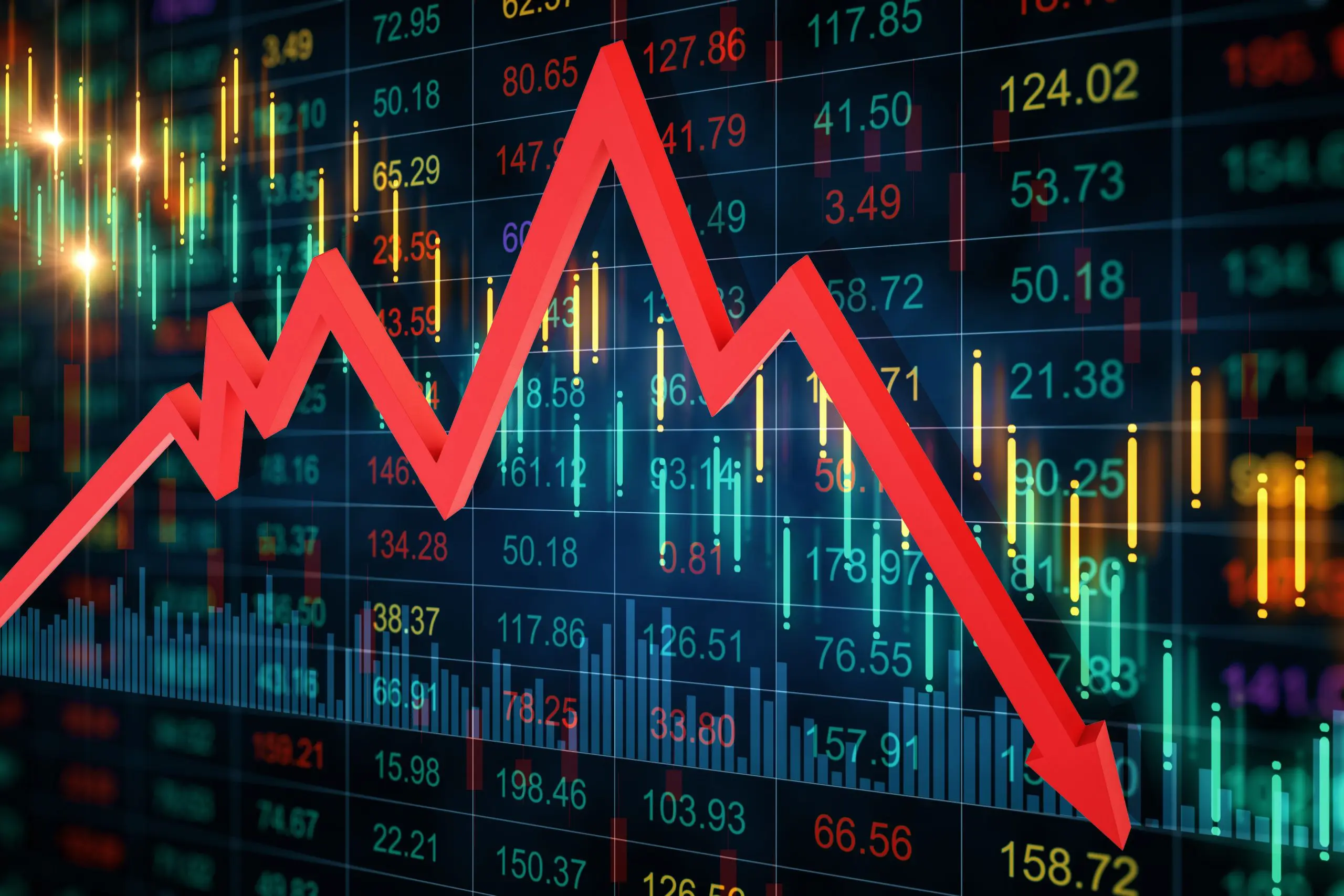One of the more puzzling things that investors have had to digest this year is why the stock market continues to do so well despite the absence of strong economic news.
How is that possible given the severe drop in GDP, the massive amount of unemployment, and uncertainty about when a vaccine or better therapeutics will be available to treat COVID -19 and restart the economy?
The chart below may help shed some light on this:

As you can see above, the top five companies in the S&P 500 are up 34% year-to-date. The bottom 495 companies are down 4% for the year. The S&P 500 Price Returns (does not include dividend reinvestment) is up 2%. Doing some simple math would suggest that the five top companies contribute more to the returns of the S&P 500 than the other 495 companies do. That is because the S&P 500 is a market-weighted index, meaning each company contributes to the overall return of the index based on its market capitalization. Larger companies contribute more to returns than smaller companies.
It probably comes as no surprise that the five largest companies are Microsoft, Apple, Amazon, Alphabet (Google), and Facebook. All five of these companies have benefited tremendously from people working remotely and ordering groceries and other products online.
Another way to evaluate the stock market is to look at the S&P 500 Equal Weighted Index, which, as its name implies, gives every company equal weight when determining its input into the index return. Year-to-date thru September 10, the equal-weight S&P 500 index is down 6.2%. That seems easier to digest and, in fact, probably is more reflective of the economy currently.
There are many ways to continue to parse the stock market. The S&P 500, whether market-weighted or equal-weighted, is only 500 large-cap stocks. Many smaller publicly-traded companies may reflect what is going on.
The Russell 2000 is a market-cap-weighted index of 2000 small companies. That index is down 9.4% year to date thru September 11.
Another way to parse the market is between value and growth stocks. The Russell 1000 Growth index, a market-cap-weighted index, is up 20.89% thru September 11, while the Russell 1000 Value index is down 11.05% for the same period.
What about looking at the entire market as a whole to see how the markets are doing?
The Vanguard Total Stock Market Index fund (VTSAX) replicates the composition of the total U.S. stock market. Its return year-to-date thru September 11 is up 3.47%. The fund is market-weighted as well, so the same five stocks in the S&P 500 contribute to a larger percentage of the returns than the bottom 80%.
After sifting through all of the above data, the takeaway is that many publicly-traded companies are seeing their stock prices take a hit. Only a few of the largest companies best positioned to benefit from the current economic environment are performing well. This will likely change in the future as investor sentiment will switch to companies currently out of favor. Hence, investors need to stay diversified even though it is tempting to rotate your investments towards those five stocks.



